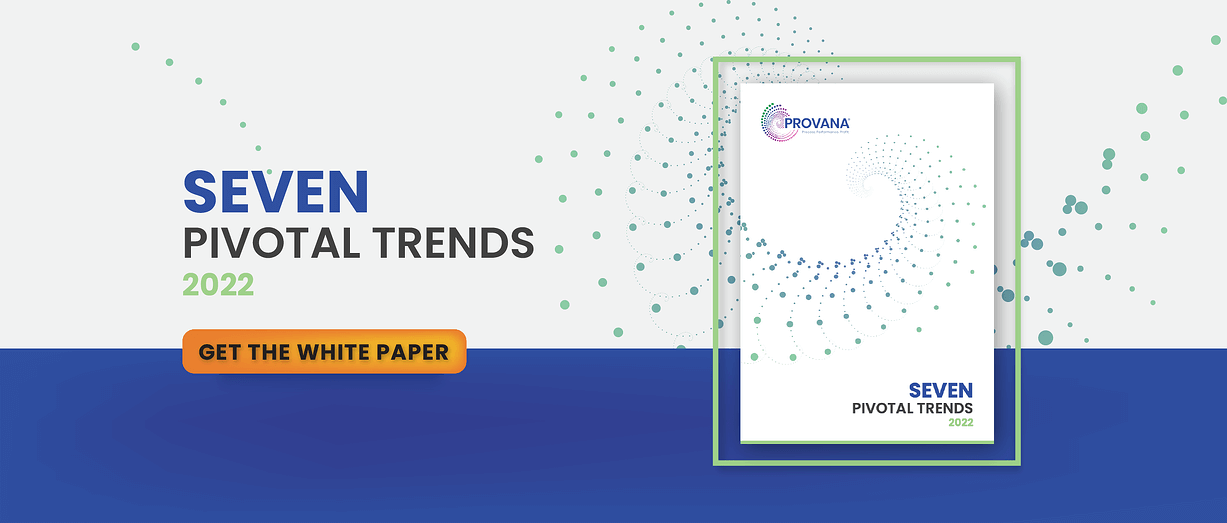4 Ways to Cultivate Emotional Intelligence in Your Collections Practice
- December 30, 2021
- Category: Call Recording

Recommended Reading
Countless collection agents are guilty of treating consumers as numbers, rather than individuals. They only interact with consumers in a routine, mechanical fashion. The obsession to chase daily targets and using never-changing scripts make them miss the core aspect of any interpersonal exchange – the human touch.
But to be fair to agents, debt collection has never been an easy terrain to navigate. Calls seeking debt repayment are complex in and of themselves, however, with an additional layer of FDCPA rules, it becomes difficult to put little to any thought into your conversation with consumers. So, what do collection businesses do to adopt a more customer-centric, human approach to lending and collections? They can’t simply ignore their collection targets and obligations to their clients.
The good news is that collection businesses can be more thoughtful with their consumer interactions while being operationally effective at the same time. The key to dealing with the target-induced pressure and yet putting the consumer first is making Emotional Intelligence (EI) aka EQ the complimentary feature of the entire collection lifecycle. Emotional Intelligence, which is possessed naturally by a few, includes elements of self-awareness, self-regulation, and overall social awareness. Together, these traits can enable an agent to understand and regulate their own emotions, empowering them to empathize with consumers while speaking on a tricky subject of “debt re-payment.”
However, at times, you may find yourself leading a team of agents who may not have the best emotional intelligence (EI). But this doesn’t mean it can’t be fostered. Strategies shared in this blog can enable your agents to be more empathetic during their interactions with consumers, creating interpersonal conversations, not cold calls.
Ask your QA team to audit the sentimental aspect of calls as well
Instruct your QA team to not only check for common FDCPA violations but dig deep into the sentimental analysis of audited calls. By decoding sentiment analysis powered by an advanced speech analytics platform such as ICAP®, glaring EI gaps in agent-consumer interactions be found in the form of condescending language or high rates of speech. Certain expressions can even be flagged in the system, to determine if an agent is going off script or speaking rudely to a consumer.
Brainstorm a way to project the same EI gaps in visual formats for agents to see on their individual speech panels. The simplest way to achieve this is by quantifying EI gaps and incorporating the same in each agent’s scorecard. This should set agents up for self-improvement or help them to be mindful of their tone before starting their day. Speak to your speech analytics solution provider to get scorecards amended for the EI component.
Using the same speech analytics platform, your QA personnel can also capture ideal conversations with consumers, later passing them on to the training department. Trainers can later use these conversations to help agents quickly compare their conversations with the library.
Train your agents on emotional intelligence
By analyzing the data shared by the QA team, call center managers can uncover specific EI training needs for their direct reports. In addition to data provided by QA teams, post-call speech analytics exported from the speech analytics platform can help managers draw long-term training programs for agents with low EQ.
During these EI-focused training sessions, it is recommended that agents are asked to reflect on and answer questions such as “Where are consumers coming from?” and “Which direction are they heading to?” Knowing answers to these questions will help agents understand consumers’ point of view. This should guide them toward empathy, which isn’t just about recognizing how consumers are feeling but also seeing things from their point of view. This would ultimately help agents perfect their pitch, enabling them to smartly navigate tricky conversations such as negotiating terms of repayment with the consumer.
Treat your agents like humans, not high-performance robots
You cannot nurture agents that are empathetic to consumers until you treat them with empathy and care. To inculcate emotional intelligence in your agents, start with humanizing their performance management. So next time you have a performance review with an agent with a bad EI score, turn the plain two-line feedback into a conversation. Use recorded calls to make your point over using an authoritative tone. This way, agents will get reference points to learn from, reflect on their mistakes and gauge their behavioral areas of improvement.
Revisit your hiring process
When you hire talent, give attention to emotional intelligence as much as calling experience during interviews. Ask prospective collectors questions such as, “Do you face difficulties in managing your impulse?”, “Are you good at adapting to change?” and “Do you tend to become defensive under pressure?”
Recognition, understanding, utilization, and regulation of emotions are all in balance when a candidate has a high EI score. To recruit the “right fit,” ask them to rate themselves on agility. An agent that understands the emotional realities of post-pandemic consumer finance will communicate more effectively with consumers, improving their collections yield.








